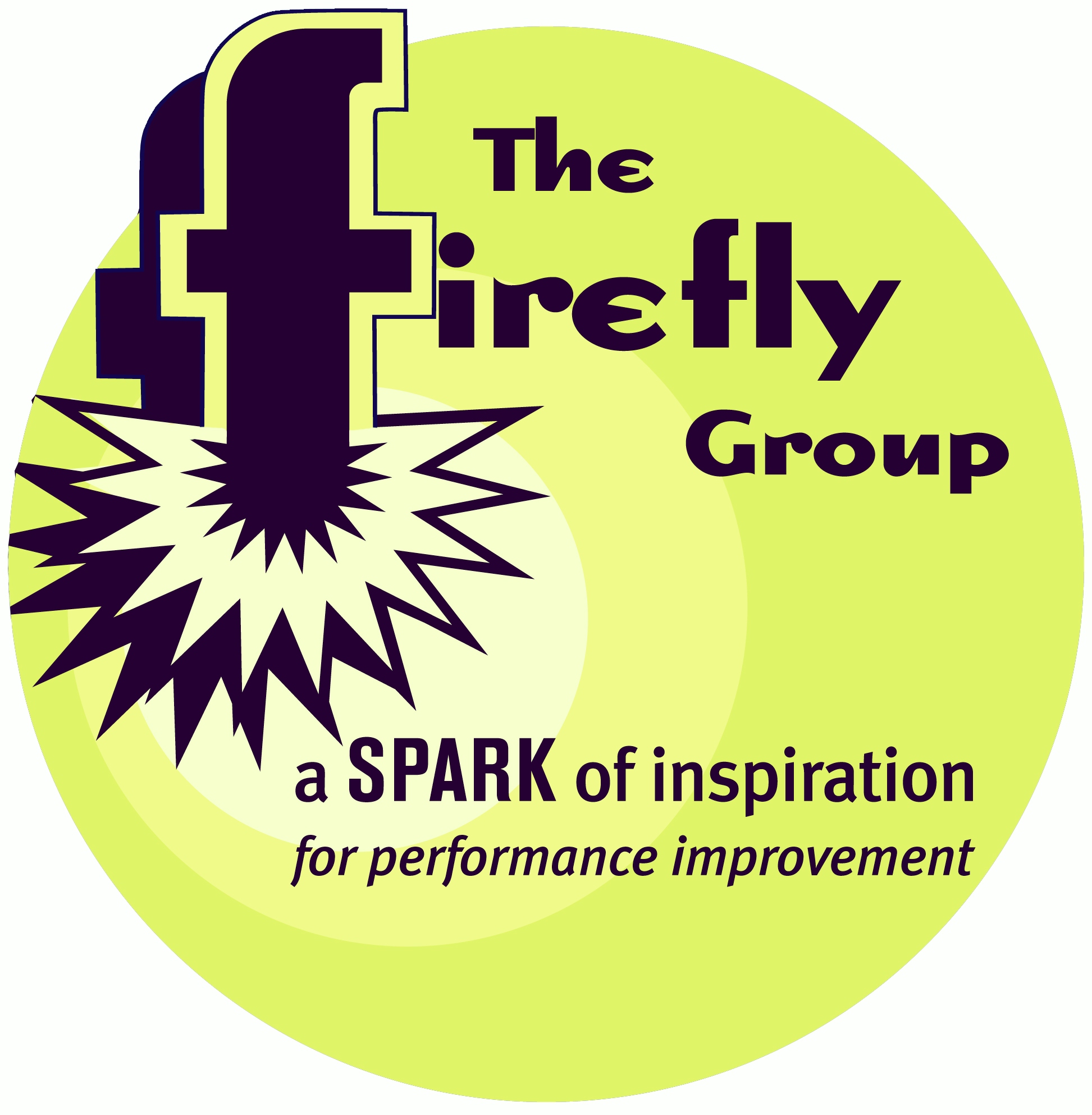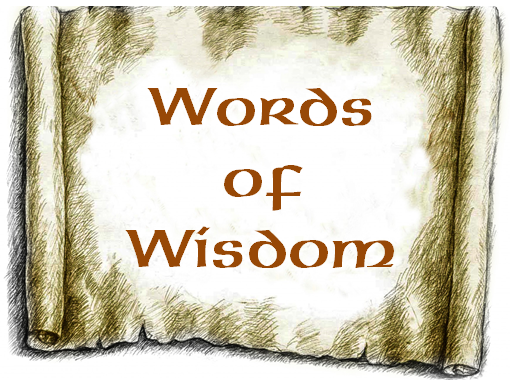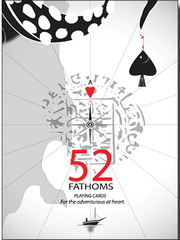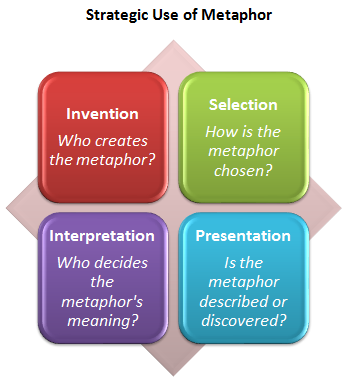

What's New

Words of Wisdom
52
cards and 15 activities to spark conversations and make sense of learning.
Learn more HERE.
What We Do
The Firefly Group helps people make sense of what they learn and experience.
Whether facilitating a group for better decision-making, keynoting a conference, leading a training, or writing an instructional design, we use novel methods that engage, spark creativity, and produce memorable results.
 If
this sounds like a good direction for your organization, let's talk about
how we might collaborate! Please give me a call (802.257.7247) or send an
. - Brian
If
this sounds like a good direction for your organization, let's talk about
how we might collaborate! Please give me a call (802.257.7247) or send an
. - Brian
 Your ETR (Estimated Time to Read): 5 minutes Your ETII (Estimated Time to Implement Ideas): 5 weeks |
What
can you teach with a glass of water and an index card?
Watch my video and find out!
November 2016
|
Say
It Quick |
Discoveries bits of serendipity to inspire and motivate |
Ideas fuel for your own continuous learning |
Activities tips and tricks you can try today |
| 52 Fathoms | Strategic Use of Metaphor |
If you are teaching an important lesson or sharing critical information, you might assume that you need to be incredibly precise. However, sometimes being a little ambiguous or injecting a bit of mystery can be more effective. Find out how a metaphor invented and described well can often have the biggest impact - and discover a simple-to-use tool for making metaphors beginning with this 99-Word Story.
Riding the Changes
I ran for miles and miles beside my daughter as she learned to ride a bicycle. I was determined she would learn without ever falling down. For weeks we practiced.Balancing her was awkward, especially when she turned away from me. But when she turned to my direction, I could support her as she leaned into the turn. And the harder she leaned, the tighter and faster the turn. So, turning a bicycle is like falling!
Eureka! To change your life direction, you have to take risks. You have to become an expert in controlled falling.
 52
Fathoms Mysterious learning
52
Fathoms Mysterious learning
A fathom, six feet or about 1.8 meters, is a nautical unit of measure used to calculate the depth of water.
To fathom is to attempt to understand something at a deeper level.
52 Fathoms is a deck of cards that team leaders, group facilitators, and trainers can use to plumb greater depths of understanding in learning and interpersonal interactions.
The cards, created by High 5 Adventure Learning, use a nautical motif and considerable ambiguity to reimagine a regular deck of 52 playing cards. But the deck is far more than a set of numbers, suits, and face cards.
Each card has an image related to a maritime-pirate-survival theme such as a schooner, or a sea monster, a pair of swords, or a treasure chest, a coil of rope, or a compass. These pictures can be used for storytelling, creating metaphors about learning, or a discussion of which values are most important for individuals and groups.
But each card also has a simple instruction such as, "Hide behind someone for 30 seconds." "Stand on one leg for a long time. No talking." "Pretend to be a bus driver and get as many people as possible to ride your bus." Or "Shake hands with everyone. No talking." These instructions are used in an energetic game for group development. People receive cards randomly and carry out their instructions simultaneously creating a chaotic environment sure to lower pretense and prime everyone for better interactions.
If you appreciate order and tend to run a tight ship, you will benefit from 52 Fathoms and the possibilities that chaos, mystery, and ambiguity can bring to learning, creativity, and team performance.
Resources:
52 Fathoms Cards from High 5 Adventure Learning Center, 130 Austine Drive, Suite 170, Brattleboro, VT 05301. http://high5adventure.org/store/games-props/52-fathoms/
High 5 Adventure Learning, http://high5adventure.org/
Risk and Learning
Falling and failing are often linked. No one likes falling and doing so is
seen as a failure. Yet failure is integral to learning. No one gets it right
the first time.
This may seem to contradict the lesson of the 99-Word Story. The author (yes, it was me) didn't want to let his daughter fall. And in fact, she did learn without injury or embarrassment. But the key here is that life changes take "controlled falling" not hazardous exploits. Taking a reasonable risk, accepting a just-right challenge, or pushing oneself more than the previous time are essential to learning. These techniques nudge us far enough out of our comfort zone to confront new ideas, methods, and strategies.
The 52 Fathoms cards accomplish manageable risk-taking through a sense of both mystery and chaos. I've already written about the chaotic possibilities of the cards. They have the ability to help a group create random associations and new ideas for creativity. But the mysterious images on the cards are not easily understood or interpreted. Some require a bit of effort to see what is going on. It's a challenge to figure out how they might relate to one another. That mystery and ambiguity are catnip to one's curiosity. Struggling with unclear answers is one type of controlled falling.
What a wonderfully mysterious lesson to bring to any team or project: Not all questions can be answered; tough questions are not answered easily; and maybe some questions should only be asked and never answered!
Strategic
Use of Metaphor 
The next time you want to make an important point, you can grab attention
and improve memory by capitalizing on the mystery and ambiguity of metaphor.
But to take full advantage of a metaphor's ability to pique curiosity and
help people make connections to what they already know, make sure you consider
four important aspect of any analogy for learning.
Invention - Who creates the metaphor?
Whoever invents the metaphor gains the most. Before you share the metaphor you have already devised, consider whether others might learn more by inventing it themselves. If you need to adhere to a set theme or concept, share your metaphor. Otherwise, let people make up their own.Selection - How is the metaphor chosen?
There are two ways to make a metaphor. You can think about the reality, its qualities and features, and link them to a metaphor ("Our team is like an octopus because…"). Or, you can think of a metaphor and connect it's qualities to the real situation ("This wind-up toy monkey is like our team because…").Presentation - Is the metaphor described or discovered?
When presenting a metaphor, you can have fuller control of the learning by explicitly stating that you are using an analogy ("I found this photo in Sports Illustrated and it really describes our team…"). Alternatively, you can often have a bigger impact if people discover the analogy themselves ("That story our team leader just told sounded just like…).Interpretation - Who decides the metaphor's meaning?
No matter how the metaphor is invented, selected, or presented it makes a difference who decides what it means. If the metaphor needs to reinforce something very specific, describe the exact connections it has to your topic. However, individuals will have more ownership of your topic if you let them make the metaphorical connections themselves. But don't be surprised when they add linkages you had never thought of!
Let me know the metaphors you've created and whether these four dimensions of metaphor-making were helpful.
|
Whether you need a keynote speaker, or help with strategic planning, performance improvement, or training facilitators and trainers in your organization, I look forward to your call (802.257.7247) or . -- Brian |
Read previous
issues. Click Library!
To add or delete your name to our mailing list, email
with a short note in the subject line.
I want this newsletter to be practical, succinct, and thoughtful. If you have suggestions about how I can meet these criteria, please let me know! Send me an with your thoughts and ideas.
Home
| Services | Products
| Mission | Ideas
| The Group | The
Buzz
(c)
2016 The Firefly Group